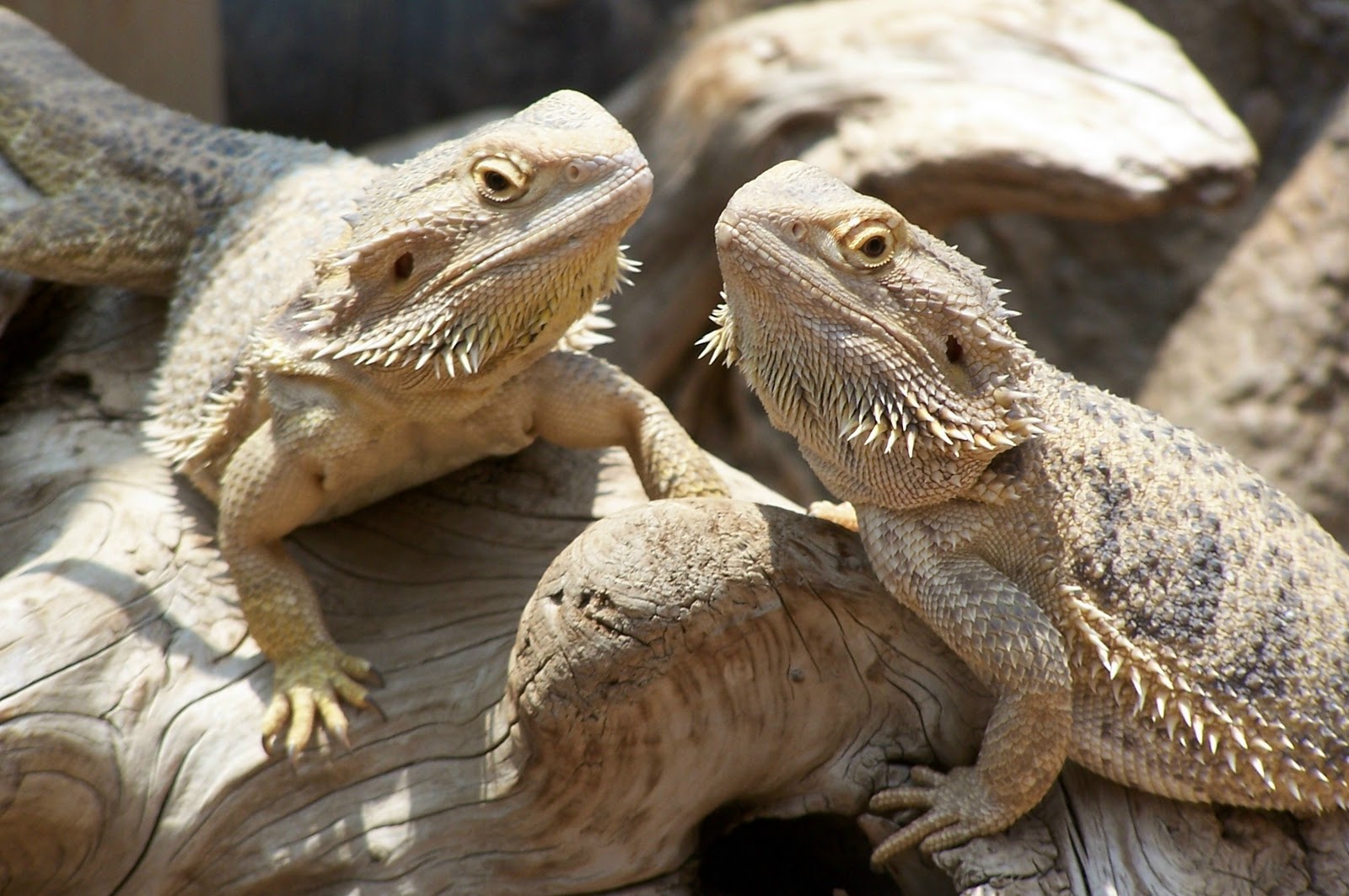The Ultimate Guide to Arizona Bearded Dragons: Care, Habitat, and Characteristics
Arizona Bearded Dragons: Everything You Need to Know Before Getting One

Bearded dragons are one of the most popular pet reptiles. They are known for their docile personalities and unique appearance. One of the most sought after subspecies of bearded dragon is the Arizona bearded dragon. If you are a beginner looking at getting a pet reptile, the Arizona bearded dragon might be the perfect choice for you.
What is an Arizona bearded dragon?
The Arizona bearded dragon is one of the eight subspecies of the Pogona vitticeps or the central bearded dragon. They are named after their origin, Arizona, in the southwestern part of the United States.
The Arizona bearded dragon is smaller than other subspecies, typically growing to around 16-18 inches in length. The coloration of their scales varies from light tan to brown, with black stripes or patterns. They also have spiny structures under their chin that resemble a beard, which they puff up when threatened or displaying aggression.
Habitat
In their natural habitat, Arizona bearded dragons are found in hot, arid regions such as the Sonoran and Chihuahuan deserts. They are diurnal, which means they are most active during the day.
If you are planning on keeping an Arizona bearded dragon as a pet, it’s essential to mimic their natural habitat. A terrarium set-up that mimics the warm, arid desert conditions would be perfect. You’ll need to use specific lighting and heaters to create a basking spot, which will allow your bearded dragon to regulate their body temperature.

The ideal temperature range for Arizona bearded dragons is between 100-110°F. The temperature on the cooler side of the terrarium should be around 80-85°F. You’ll also need to provide your pet with a shallow water dish for drinking and soaking. The humidity level should be around 30-40%.
Diet
Arizona bearded dragons are omnivores, which means their diet consists of both plants and animals. In the wild, they feed on insects, small mammals, and vegetation.
As a pet owner, you can feed your Arizona bearded dragon a variety of insects such as crickets, mealworms, and waxworms. You can also feed them leafy greens and vegetables such as kale, collard greens, and carrots. It’s important to provide your pet with a balanced diet to ensure they receive all the necessary nutrients.
Behavior and Temperament
Arizona bearded dragons are known for their docile temperament and are great pets for beginners. They are social animals and enjoy interacting with humans.
Bearded dragons are also known for their unique behavior. When threatened or displaying aggression, they puff up the spiny structures under their chin, giving the appearance of a beard. They also bask in the sun to regulate their body temperature and enjoy digging in the sand.
Health Issues
Like any pets, Arizona bearded dragons can suffer from health issues. It’s crucial to ensure you provide your pet with proper care and nutrition to prevent any illness.
Common health issues in bearded dragons include metabolic bone disease, respiratory infections, and parasites. If you notice any signs of illness, such as lethargy, lack of appetite, or difficulty breathing, seek veterinary care immediately.

Conclusion
Arizona bearded dragons are a great choice for beginners looking for a unique and interesting pet. They are docile and social animals but require specific care to ensure their health and well-being.
If you are considering getting an Arizona bearded dragon as a pet, research and education are essential. Be sure to provide your pet with the necessary habitat, nutrition, and veterinary care. With proper care, your Arizona bearded dragon can be a delightful addition to your family.
